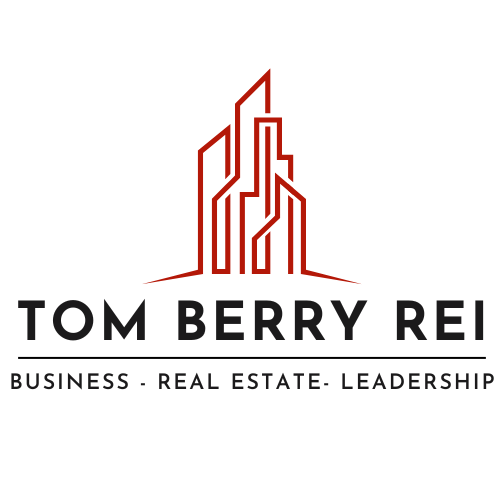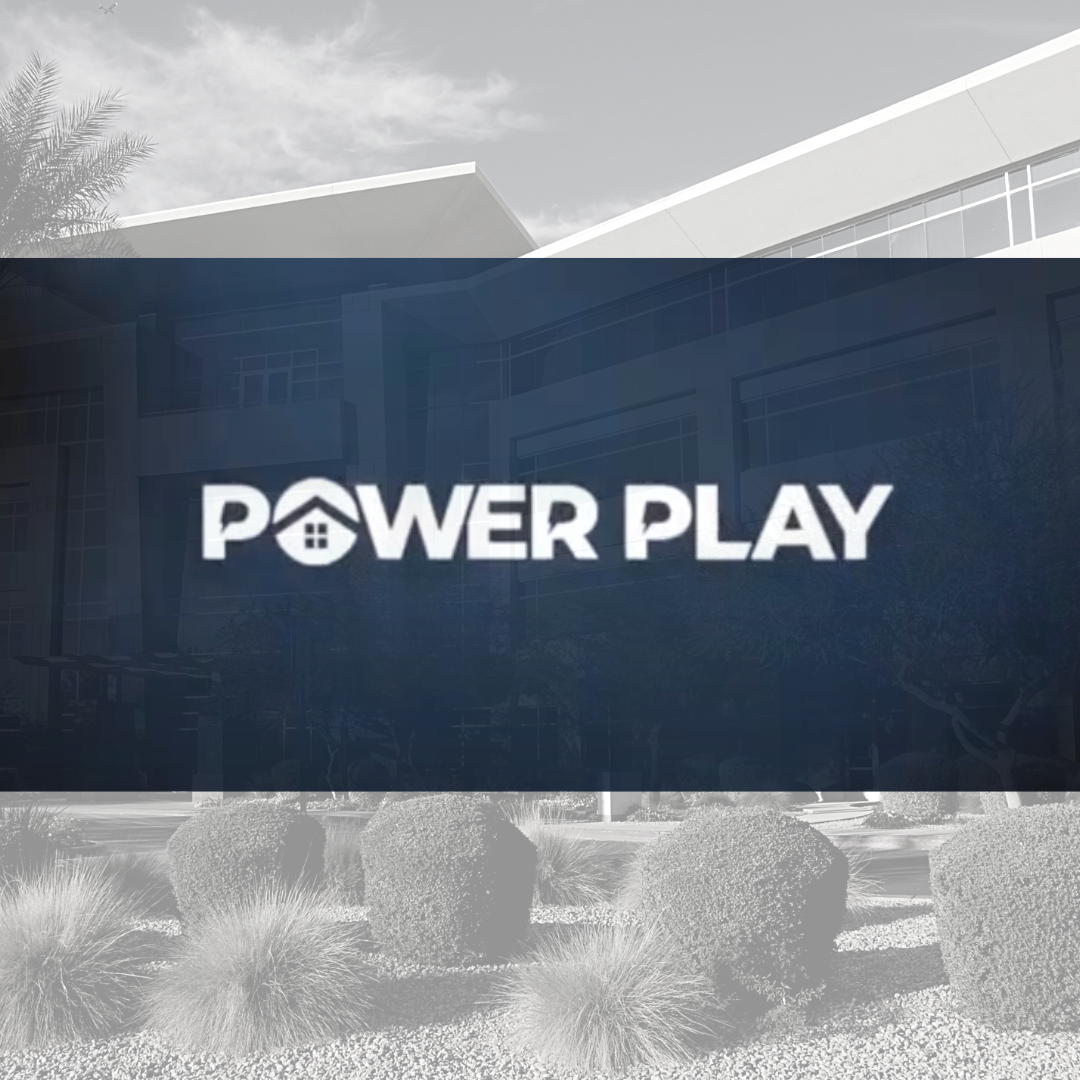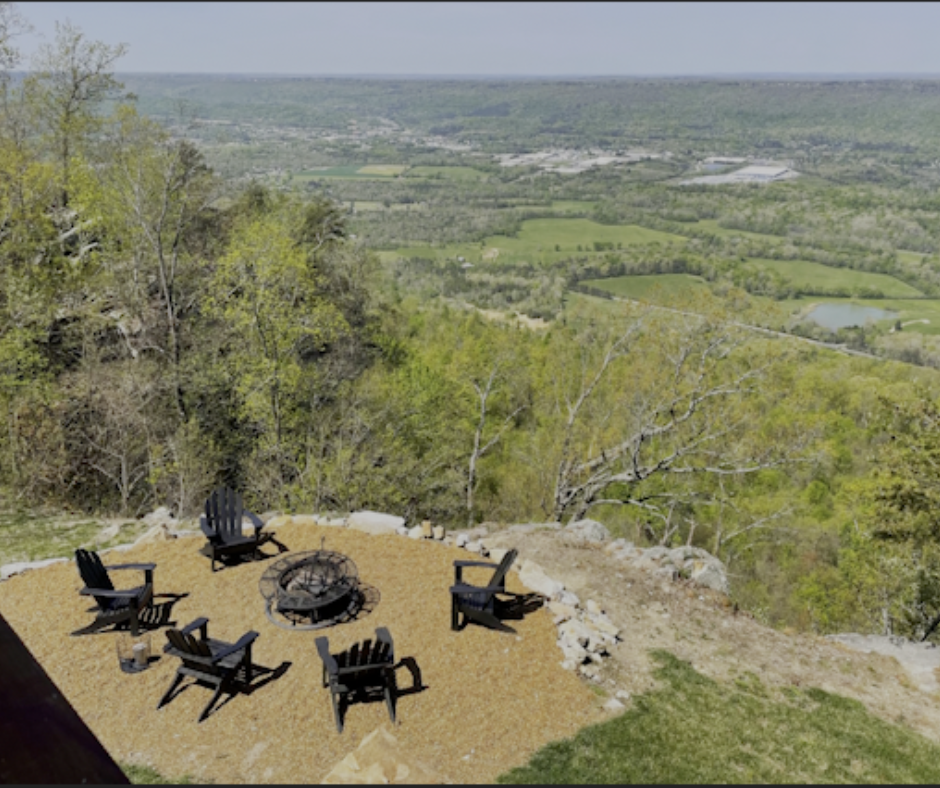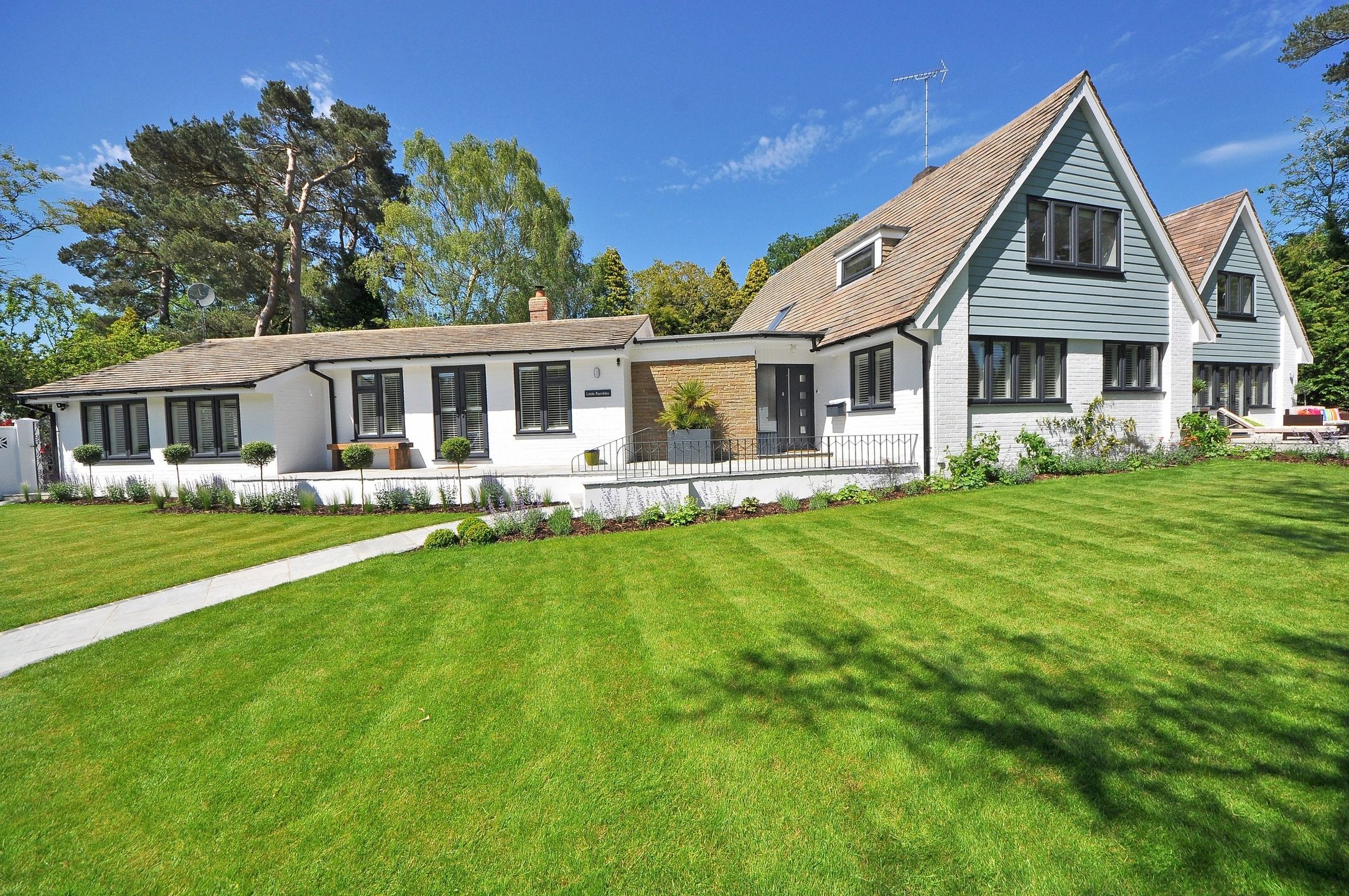Over the last year, we have seen a massive increase in interest rates on DSCR loans. DSCR stands for debt service coverage ratio and is one way the lender analyzes a loan. Real estate investors use DSCR loans to build a rental portfolio. Credit score, experience, loan -to-value, and asset type are other factors used to analyze it.
Let’s examine how a DSCR loan came to be. Most generally, hard money lenders and real estate mortgage brokers will sell these loans to real estate investors utilizing the BRRR strategy, which stands for buy, rehab, rent, and refinance. The BRRR strategy has been widely talked about over the past few years, and with rental rates rising and interest rates being so low, this has become one of the most popular strategies in real estate investing. These loans are usually brokered to a handful of large national non-QM lenders using warehouse lines of credit as their capital. The DSCR loan makes up as much as 40%-60% of the business for hard money lenders today, and this may be changing quickly.

The DSCR loan capital comes from Wall Street. Aggregators will generally write loans using their warehouse lines of credit. Then, they will pool hundreds or thousands of these loans together into a product known as a mortgage-backed security. These will be purchased by institutional asset managers like REITs, pension funds, insurance companies, etc. The purchasers of the mortgage-backed security DSCR loan packages are looking for a fixed-rate investment, something they can count on. It is an alternative to US treasury bonds, other types of bonds, and even conventional mortgage-backed securities written on owner-occupied properties. As inflation has soared out of control, investors are demanding higher returns. Uncertainty in the real estate market also commands a higher return. Lastly, the cost of capital is climbing with rising interest rates, which also increases rates on the DSCR product.
The spread in value between conventional mortgage-backed security and a DSRC mortgage-backed security has risen to double what it was recently. In the past, you could expect a rate differential or value differential of anywhere from 75 to 100 basis points, and now that differential has risen from 1.5% to 2%. Because of this, coupled with rising interest rates, the interest rate charged on a DSCR loan has doubled over the past year. A quick internet search on DSCR loan interest rates shows advertised rates anywhere from 7.5% to 8.5% on a 30-year DSCR loan at a 75% LTV and a 1.2 DSCR. Of course, this hinges on good credit of over 720, and any of those missing factors will make that interest rate climb even higher.
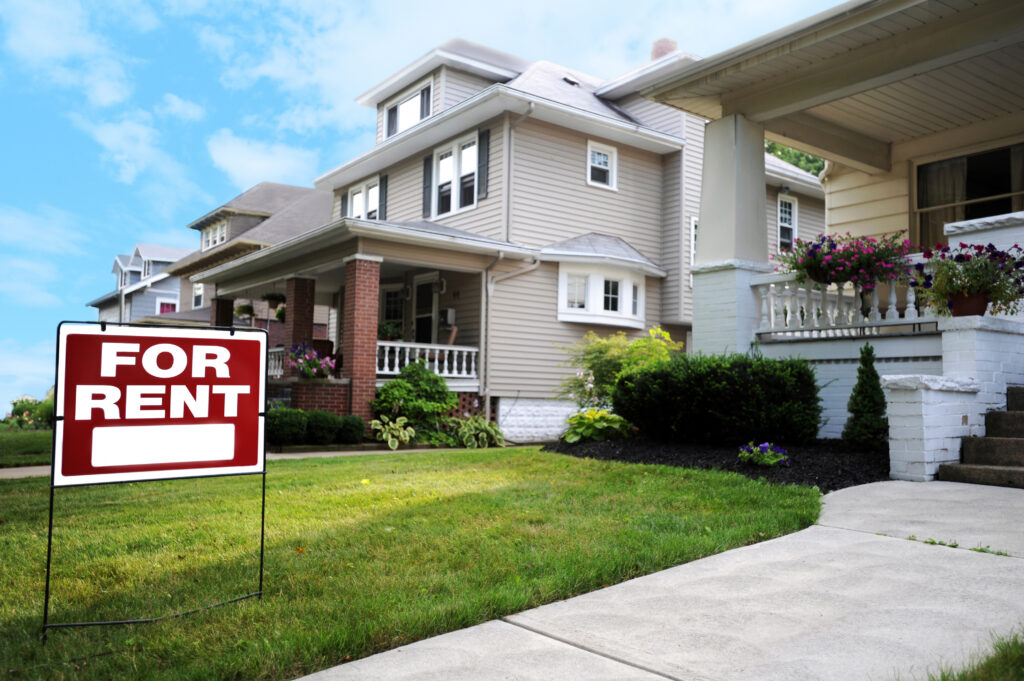
So, the question for real estate investors is this: can I purchase a home today, rehab it, rent it out, and then refinance at an interest rate that still allows me to cash flow on my rental property? The short answer is no because that process takes time. Depending on how much rehab that house will take, it could take months to complete. With rates rising as quickly as they have, it’s challenging for us to predict where interest rates will be once your property is ready to refinance. If rates climbed another full percentage point, would your property still cash flow? If so, maybe you take the chance, perhaps you can make it through, and possibly the deal still cash flows for you. But if you’re buying at the peak of prices, where people are bidding against each other for this property, it may not make sense to continue the BRRR strategy.
If you want to move forward with this strategy in such an uncertain and volatile time, my first advice is to make sure you have a lot of cash available to you in case you have to cover a negative cash flow for a while on your new rental property. Number two, I would also make sure you’re buying deep. In other words, the days of buying at 80% of value or 1% rent-to-price ratios are over. Those properties are not going to cash flow at these higher interest rates going forward. Buy it deep. Paying too little will never hurt you in real estate investing but paying too much certainly will. And third of all, buy deals that have a very short timeline. In other words, a quick rehab and a solid rental base so that you can rehab it quickly, fill it quickly and refinance it quickly as rates continue to climb.
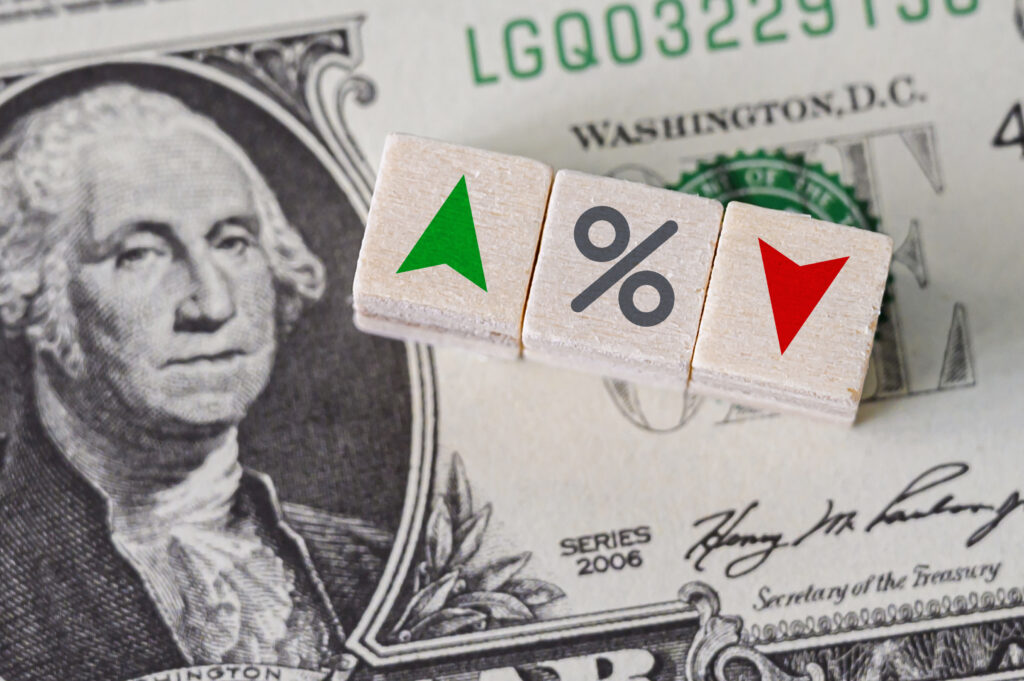
With the most recent PPI and CPI numbers this week (Oct. 14, 2022), the FED is almost certain to raise rates again. While the Federal Reserve rate does not necessarily impact the 30-year owner-occupant or conventional mortgage rate as much as it does other loans, a DCSR loan is not a conventional one. It is considered a commercial loan and is directly affected by the FED funds rate. Any increase by the FED can almost guarantee that DSCR products and hard money products will rise accordingly. It may not be a point-for-point rise, but it will rise. Over the coming months, I would expect the rates on DSCR loans to get as high as 9% and 10%, which rivals what we were paying for hard money rates on the fix and flip loans not that many months ago.
In my humble opinion, this will kill many DSCR lending programs. This market shift will shift the focus of hard money lenders from the rental loan programs they broker to the fix-and-flip product—their flagship (and most profitable) product, to say the least. The national non-QM market is filled with undercapitalized lending companies that will not be able to navigate the changing market with current capital reserves and will fold under the pressure of rising rates. Let’s face it; their rates were the only thing they had going. Once that is gone, the writing is on the wall.

Buying rental property is always a good strategy if it is purchased at the right price and you have available capital at a cost that allows your property to be profitable. My suggestion is to get to know local lenders and build a network of local capital. That could include local banks, local hard money companies with their own DSCR programs that are not brokered, and private money investors. The cheap national companies provided a great opportunity for a time but continuing that reliance may prove to be detrimental to your growth. Having a plan B in case your lender leaves you at the closing table is a good strategy in any market, this one in particular.
